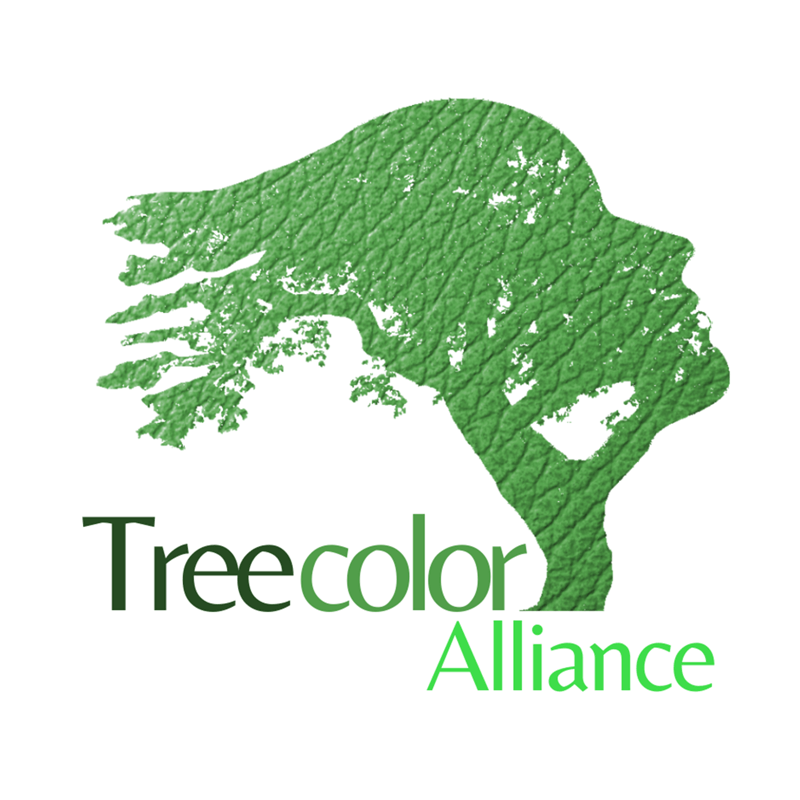Forests, rightly called the “lungs of the planet”, are essential to our survival. However, this fragile balance can turn against us if we don’t respect the ecosystem in place.
Forests and climate change: what link?
Forests play a crucial role in regulating the climate and have a significant impact on climate change :
Absorption of carbon dioxide (CO2): Forests are a major carbon sink, absorbing CO2 from the atmosphere through photosynthesis. In this way, they help reducing the greenhouse effect and regulate the climate.
Oxygen release: During photosynthesis, trees and plants produce oxygen supplying a significant amount of it to the atmosphere.
Conservation of the biodiversity: Forests are home to a wide variety of animal species – no less than 65% of terrestrial mammals take refuge in forests.
Regulation of the water cycle: Forests evaporate water by releasing it into the atmosphere. This forest evapotranspiration contributes to cloud formation and precipitation, which are essential for maintaining weather patterns.
Soil erosion prevention: Tree roots and forest cover help retain soil, reducing erosion caused by wind and precipitation. This is important for maintaining soil fertility, water quality and the ecosystem stability.
A fragile balance can reverse the benefits produced by forests
While the essential role of forests in regulating the climate is obvious, it is important to understand that this virtuous cycle is being broken by human practices.
Deforestation leads to the release of greenhouse gases, and the forest then becomes an emitter which intensifies climate change. As a result, we go from regulating climate change to exacerbating it.
The forest is therefore our ally unless we destroy it permanently. Today, we can take concrete action, as Treecolor Alliance and its partners on the ground are.
Let’s help indigenous populations to protect and restore forests
Local populations live in harmony and symbiosis with their environment. They are determined to make a difference and they have the knowledge to do so. What they lack are the technical and financial resources, and that’s where Treecolor Alliance comes in.
It’s important to understand that the problems are different from one country to another, so we need to collaborate with local populations to take action as we are doing in Burkina Faso by combating desertification, and in the Amazon and Panama by setting up reforestation projets.


